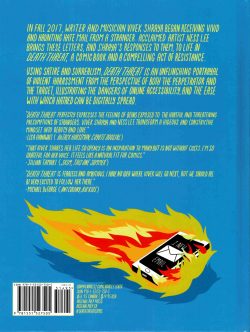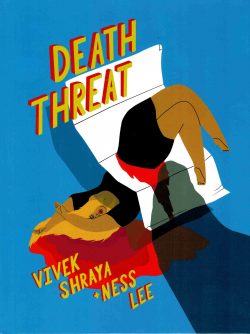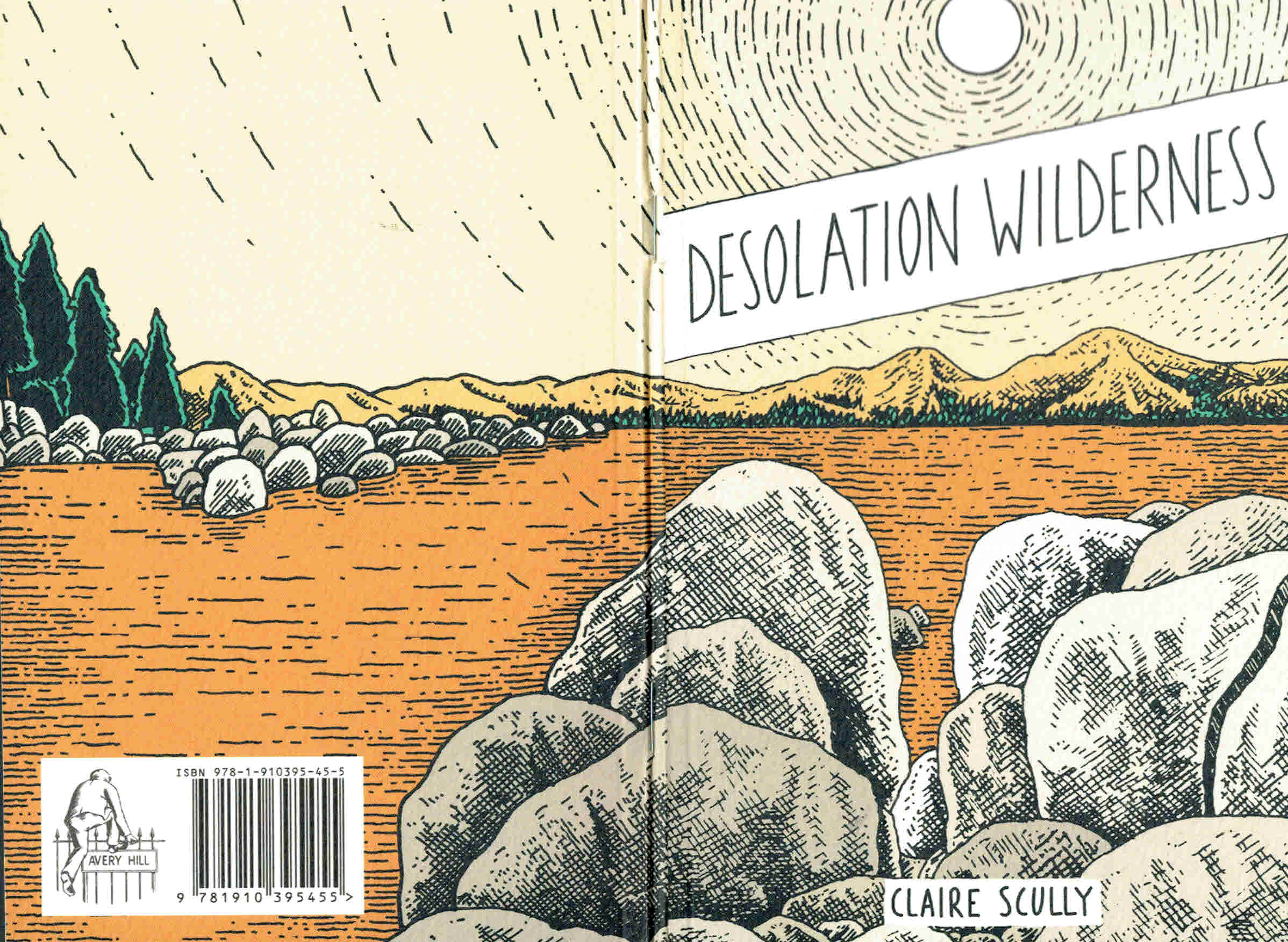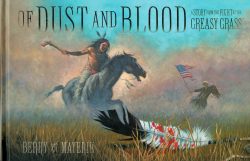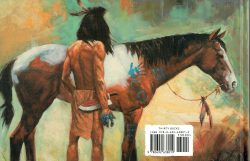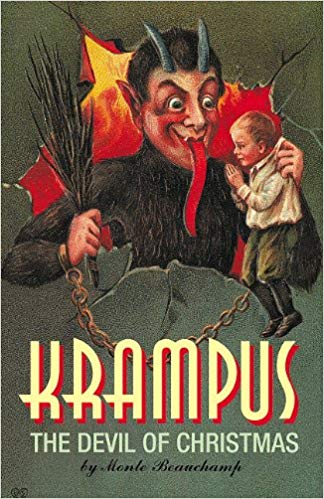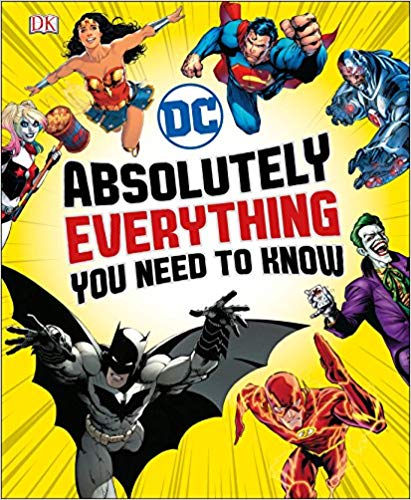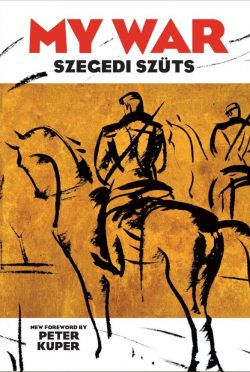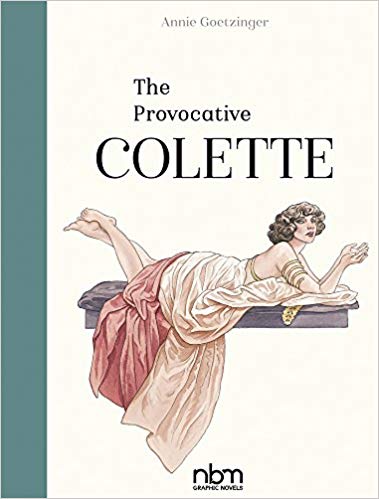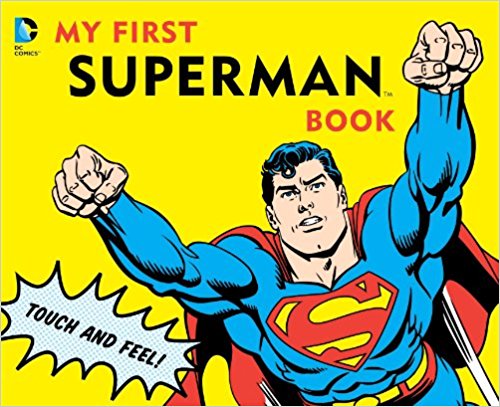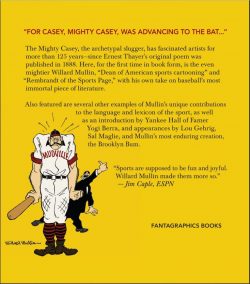
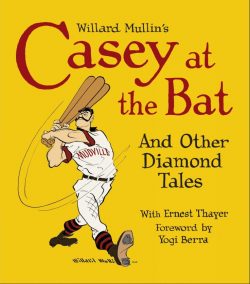
By Wilford Mullins with Ernest Thayer and various (Fantagraphics Books)
ISBN: 978-1-60699-814-4
Happy Anniversary!
It’s a memorable day. In 1835 HMS Beagle set sail for Charles Island in in the Galapagos Archipelago. Ten years later the New York Knickerbockers formed and adopted the rule code for what would become “America’s favourite game†and in 1846 Johann Gottfried Galle and Heinrich d’Arrest located Neptune. There’s other stuff too. You should look it up…
Oddly I couldn’t find an appropriate book for two of those above-cited commemorations but here’s something for sports-lovers, cartoon connoisseurs and devotes of smart, big laughs…
Casey at the Bat: A Ballad of the Republic Sung in the Year 1888 is probably the most famous piece of high-quality doggerel in the English Language. It was anonymously penned by writer and philosophy graduate Ernest Thayer whilst he was working for The Daily Examiner (later The San Francisco Examiner) and published in the June 3rd, 1888 edition.
It should be noted that “Phinâ€, as he called himself in print, was employed as a humourist, not a sports reporter…
The piece passed without much notice at the time, but was picked up (pinched, stolen, swiped, “popularisedâ€) by Vaudeville performer DeWolf Hopper who made it his star turn on stage for decades to come. It’s mock-heroic excess and powerful meter also caused it to be plagiarized and adapted by other writers on a tight deadline almost continually ever since.
It has been co-opted to stage, large and small screen and almost every manner of media dissemination, with vocal luminaries from Garrison Keillor to James Earl Jones to actual baseball pitcher Tug McGraw all taking a hit at re-immortalising the daft ditty.
An actual landmark of American history and culture, the poem was used by the sport’s governing body in 1953 to celebrate the 50th Anniversary of the World Series. They issued a set of 14 drinking glasses – with one stanza per mass-produced goblet – as collectable premiums dispensed at ballparks across the nation.
To ensure the desirability of the items the vessels with the verses shared space with suitably comedic illustrations from America’s favourite sports cartoonist – a man who would eventually be awarded the title of “Greatest Sports Cartoonist of the 20th Centuryâ€â€¦
Britain never really enjoyed the long and lovingly cherished tradition of sports cartoons enjoyed by America throughout the 20th century – more’s the pity – but in the Land of the Free, illustrated match précis’, captivating portraits, visual biographies, charismatic caricatures and plain old-fashioned gags in drawn form were a vital element of every national and local newspaper… and had been for generations.
Such sporting profiles, sketches, technical tips, skits and lampooning broadsides were borrowed by a new industry to become a staple of Golden Age comicbooks – and far too often the best drawn items in those fantasy-fuelled periodicals.
Willard Mullin (September 14th 1902 – December 20th 1978) captured the magic of America’s favourite game (and other strenuous pastimes) for almost half a hundred years: encapsulating the power, glory, glum disappointment, punishing optimism, heartbreak and incurable unflagging passion of players, managers, owners and fans in spectacular portrait biographies, potent editorial cartoons, gently ferocious caricatures and hilarious, knowing slapstick panels. You can enjoy further examples of his gifts in companion volume Willard Mullin’s Golden Age of Baseball – Drawings 1934-1972…
Mullins’ illustrations for Casey were believed long lost until they resurfaced at an auction in 2002, whereupon Fantagraphics reproduced and collated them in this tasty hardback (or eBook) volume, further spiced up with a selection of the master’s other batting triumphs…
Following a Foreword by sporting legend Yogi Berra and a compelling overview in ‘Willard and Casey’: a photo-limned essay from baseball historian (head of Guilderland Public Library and Director of Research at the Baseball Hall of Fame Library), the full saga unfolds in magical form.
Then photo examples of the actual drinking vessels are accompanied by editor Michael Powers’ appreciative biography of ‘The Longfellow of the Sports Page’ which in turn lead to a selection of Mullin’s other pictorial triumphs – all of a similarly jocund and poetic nature…
A brace of very different paeans to ‘Iron Horse Lou’ (Gehrig) precede a hilarious argot script in prime “Brooklynese†and a trenchant revision of Walt Whitman’s O Captain, My Captain suitably framed to target the tragic Dodgers in ‘Brooklyn, My Brooklyn’.
Baseball ABC’s can be learned in ‘From April to Zeptember’ after which James T. Fields’ The Owl Critic is repurposed in tribute to Sal “the Barber†Meglie as ‘The Barber on Kept Shaving’ before the visual triumphs conclude with Mullins’ famous ‘Go-Go Mets!’ cover for Time Magazine.
Fantagraphics Books struck gold twice over by reviving and celebrating a lost hero and a nigh-forgotten sector of graphic narrative arts in this superb commemoration.
Whether you’re a fan of sports in general or Baseball in particular, if you’re reading this you love narrative art, and Willard Mullin was the Will Eisner of his field: clever, funny, bold, dramatic and capable of astounding emotional connection with his readers. This is a book no lovers of our art form should miss.
This edition © 2015 Fantagraphics Books. Willard Mullin and the Brooklyn Bum are ™ and ® the Estate of Willard Mullin, Shirley Mullin Rhodes, Trustee. Other material © its respective holders or owners as noted within.



